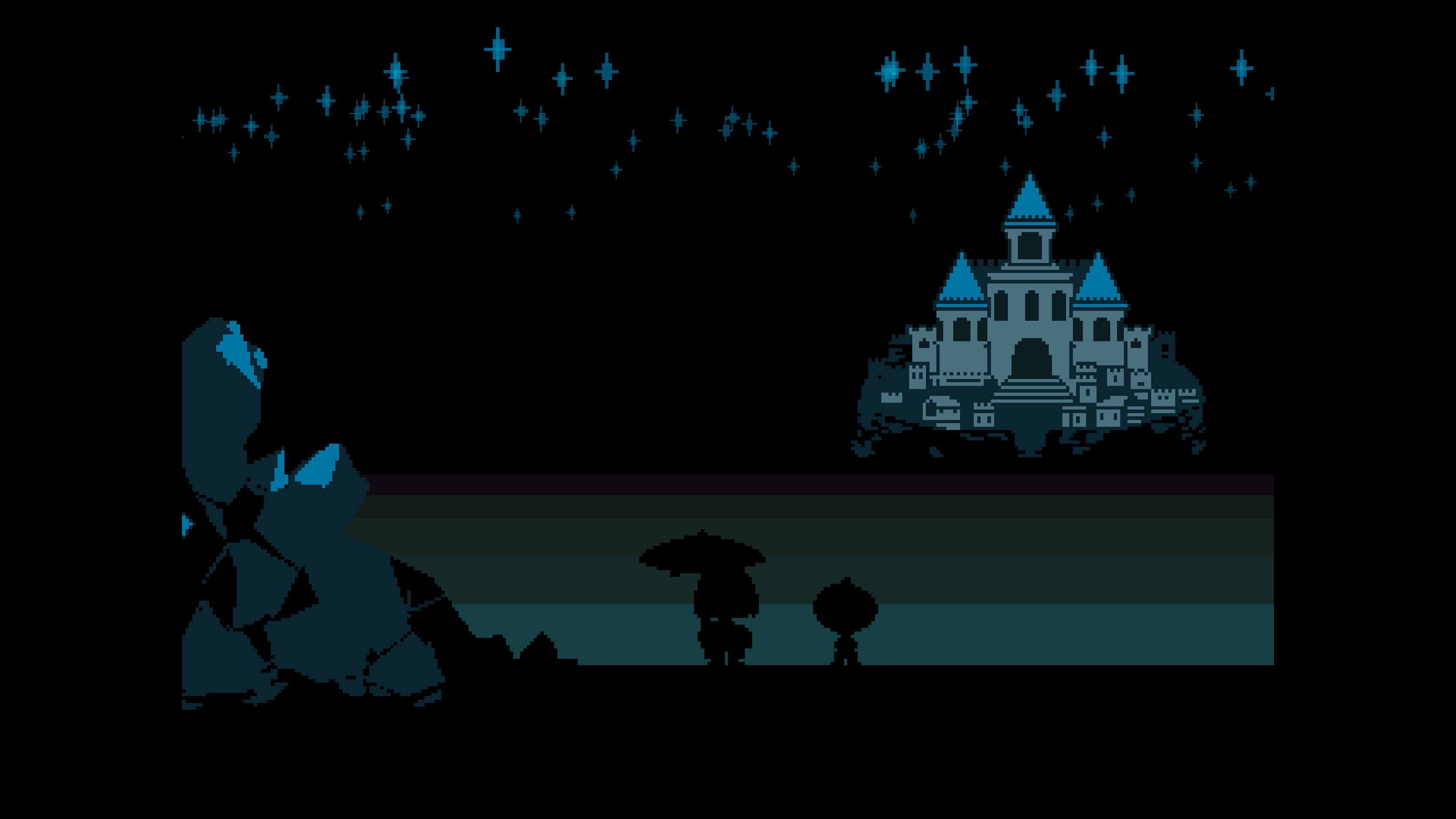Table of Contents Show
“Undertale,” an indie video game created by Toby Fox in 2015, recently celebrated its fifth anniversary. Over those past five years, fans of the game as well as reviewers have celebrated “Undertale” as an across-the-board-amazing game.
“Undertale” gained fame for many reasons, including its rather unique storytelling style. Like many RPGs, “Undertale” has multiple story routes that change the events of the game as well as its end based on the player’s choices. However, “Undertale” takes that a step further and intertwines its routes into core components of one big, overarching story. This narrative style is part of what endears “Undertale” to many. It also allows “Undertale” to posit something important; the game uses the interconnectedness of its narrative to compare the three main routes and present the idea that through true-hearted, honest kindness, one can end up truly happy.
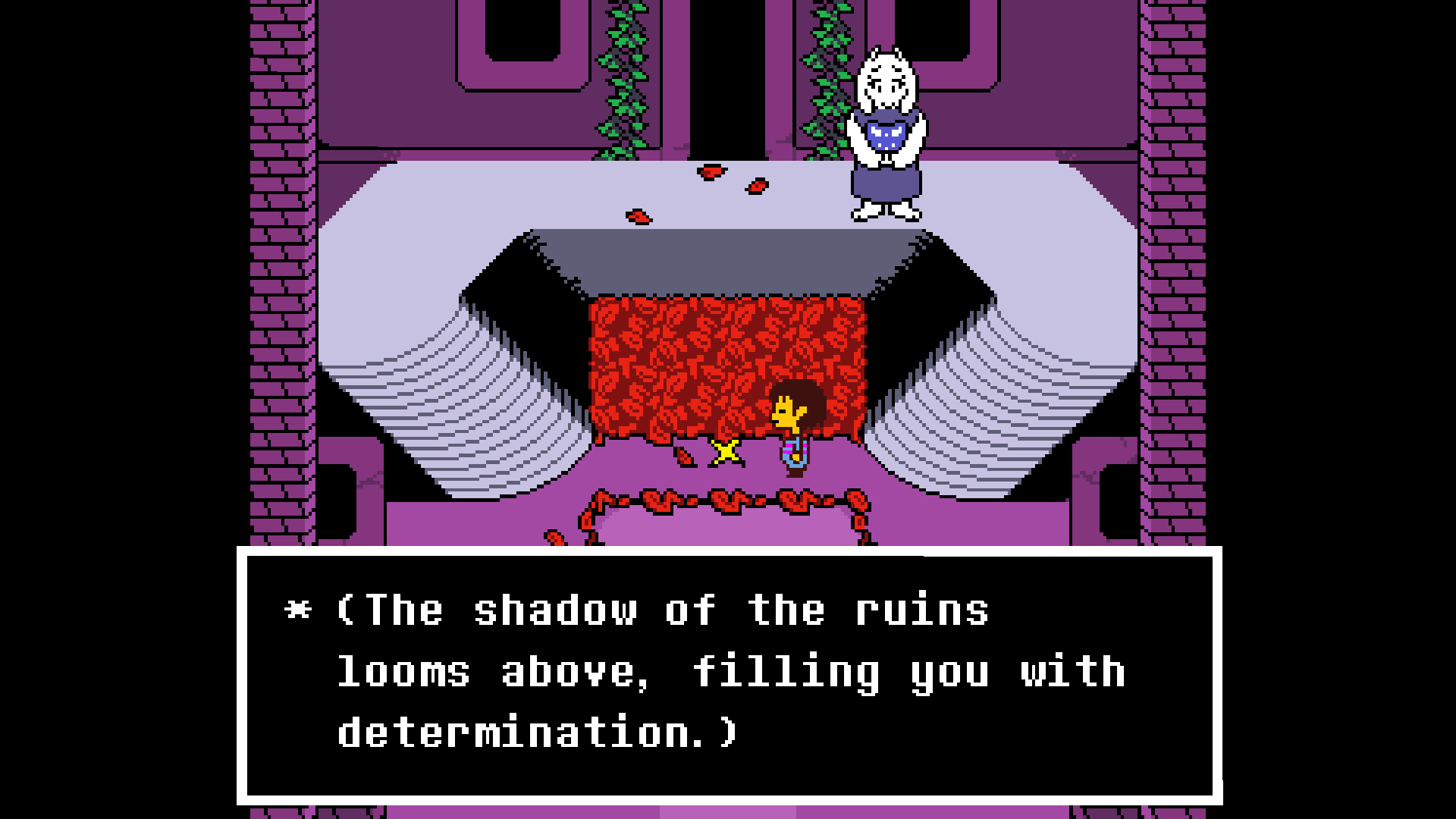
This is not to equate happiness with success. “Undertale” makes it clear that success, however, one defines that, is achievable by having lots of determination. It is so clear because “determination” is labeled as a defining attribute of the protagonist, and the word is used constantly in conjunction with the protagonist’s actions; “Undertale” wants the player to know that the protagonist succeeds because they have determination.
Success isn’t everything, though. Winning isn’t everything. Having determination isn’t everything. What about the experiences, the memories, and the friends made along the way? What about the journey? Was it everything you hoped it would be? Was it worth it? “Undertale,” says that through kindness, it can be.
If You’ve Never Played…
On its surface, “Undertale” is a simple game. The player inhabits a child protagonist whose name is eventually revealed to be Frisk. Frisk — a gender-neutral human child — has accidentally fallen down from the human world into “the Underground,” which is populated by monsters, and wants to escape. To do so, Frisk must travel to the other side of the Underground and pass-through “the Barrier,” a magical ward placed by the humans to trap the monsters in the Underground after the monsters lost a war with the humans.
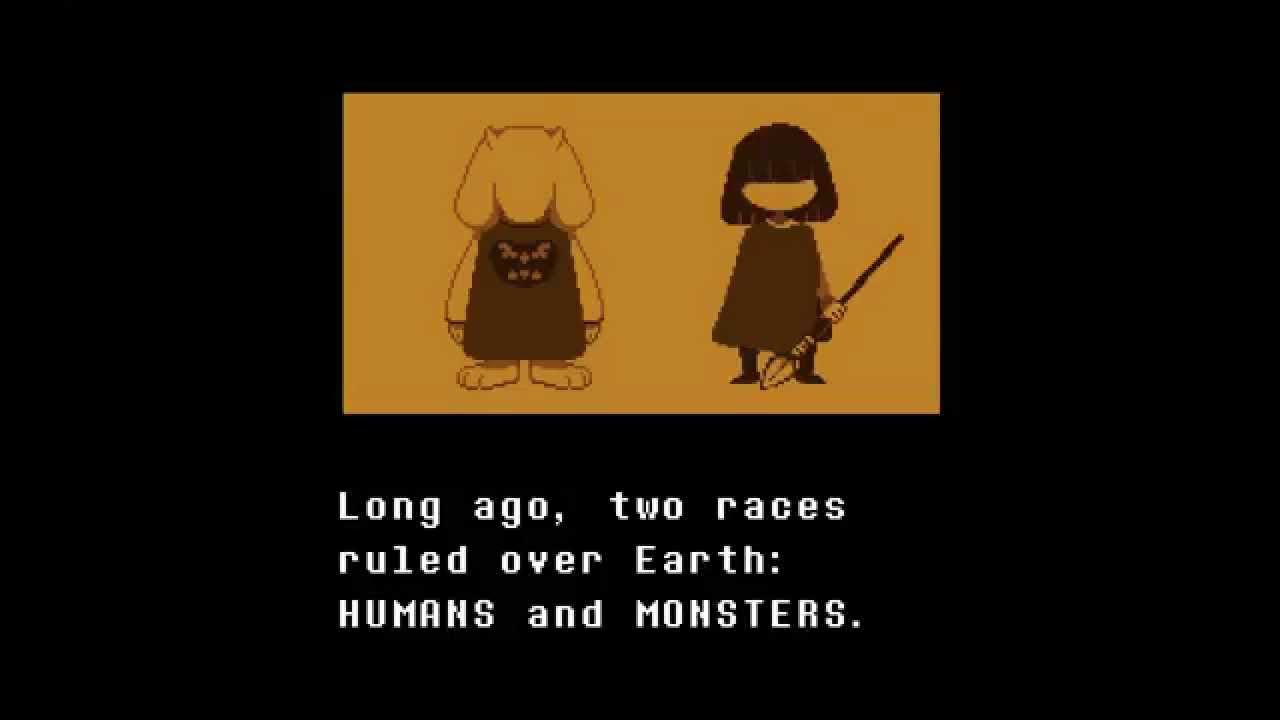
However, Frisk is in danger. Though monsters are not a naturally malevolent people, they have been trapped in the Underground for a long time and are running out of space, resources, and hope. To free themselves and open the Barrier, they need seven human souls. The king of monsters, Asgore, has already claimed six from other children who have fallen. Frisk’s soul would be the last they ever need. It is an engaging but not a terribly complex plotline. A character needs to get from point A to point B without being killed. Simple.
Many Paths, But Only One Is Right
“Undertale” takes its simple plot and adds complexity in each of its routes by letting players’ choices affect the progression of events. As mentioned earlier, there are three main routes in “Undertale,” titled “Pacifist,” “Neutral,” and “Genocide,” respectively. What each entails can be indicated by one of the game’s well-known taglines: “A friendly RPG where nobody has to die.”
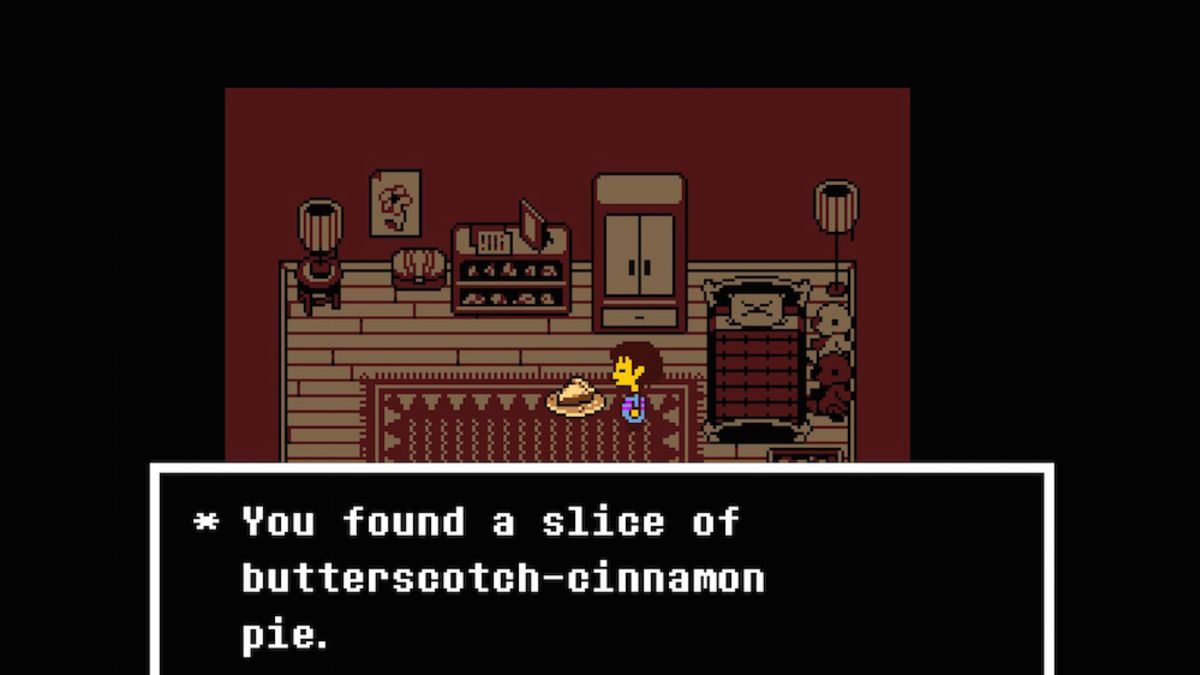
Nobody has to die in “Undertale.” Frisk never needs to harm a monster to escape from the Underground. However, they most certainly can, and this is what separates the routes. Does Frisk kill? If they kill enough, they enter the Genocide route. If not, then they stay Neutral, although any kills at all will irrevocably block them from achieving Pacifist.
The Pacifist route itself is quite interesting; only in the Pacifist route is it required for Frisk to be kind and friendly to the characters around them. Achieving the Pacifist ending is actually quite difficult, as the player must not only make sure that Frisk spares every monster they fight, but they must also make Frisk go out of their way to befriend many of the “boss fight” characters. This often entails returning to these characters after their “fights” without any clear incentive to do so, making such interactions very easy to skip.
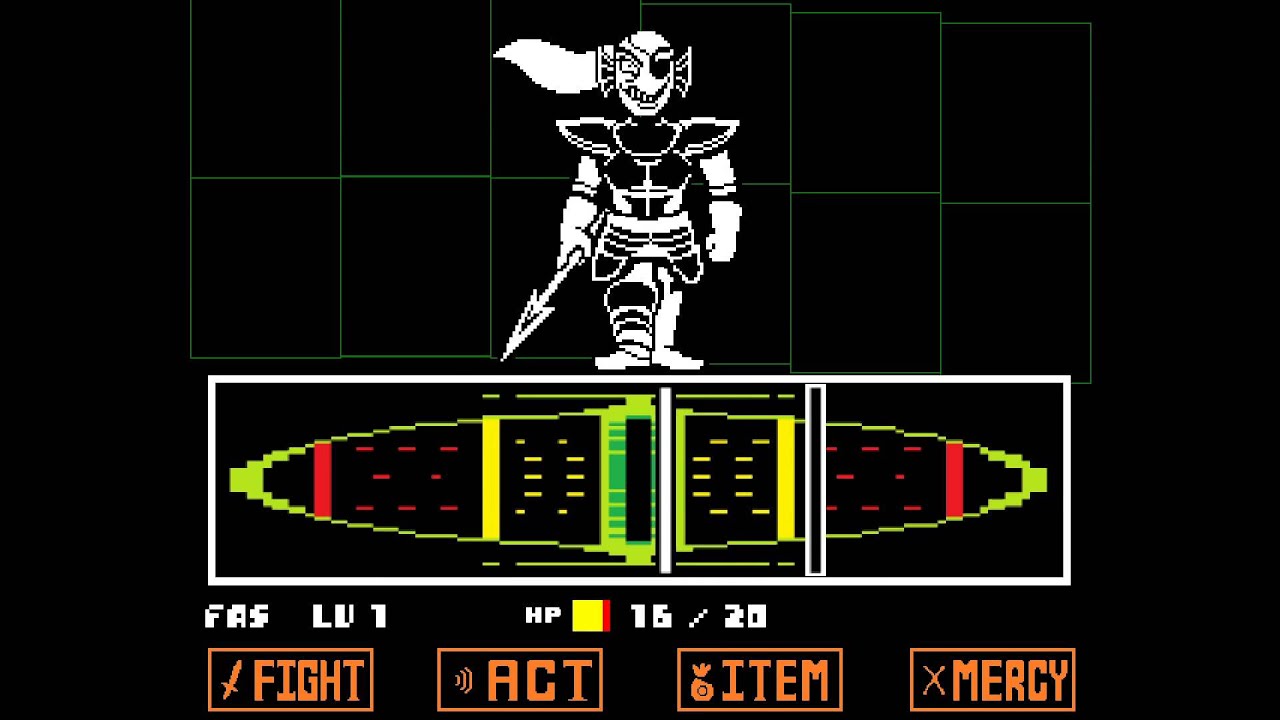
This does not mean that the Genocide route is easy by any means. The player cannot just have Frisk wantonly kill and still achieve the Genocide ending. Frisk must actively fight and kill every monster they encounter until those monsters stop spawning in an area. They may then move onto the next area and repeat, but the game will respond to this by making subsequent fights, including boss fights, much harder. Clearly, the Pacifist and Genocide routes cannot be more different from each other. Although Frisk’s personal motivations can change drastically over the course of the Genocide route, both routes also technically end in success. However, one route requires interpersonal connection, and the other, murder.
The Reason For Genocide In “Undertale”
Though a compelling tale, the Genocide route is, on its own, overwhelmingly brutal, and seems to serve no purpose other than to provide the player an opportunity to be cruel. However, this is not the case. It works as a foil to the Pacifist route so that each may elevate the other. You see, on its own, the Pacifist route is the heartwarming tale of a child doing their best to befriend every person, human and monster alike. Frisk shows every character they encounter honest compassion, reaching out to these people to not just have fun but to help them in whatever small way a child can. This is sweet but simple.
Contrasted against the Genocide route, the Pacifist route becomes a testament to how easy it is to affect the world, and yourself, for good. In the Genocide route, characters react to Frisk with fear, disdain, and revulsion as Frisk progresses. Monsters that embrace Frisk in the Pacifist route now run away from Frisk. Some are even eventually replaced in the Genocide route with more dangerous versions of themselves, ready to fight Frisk to defend their home.
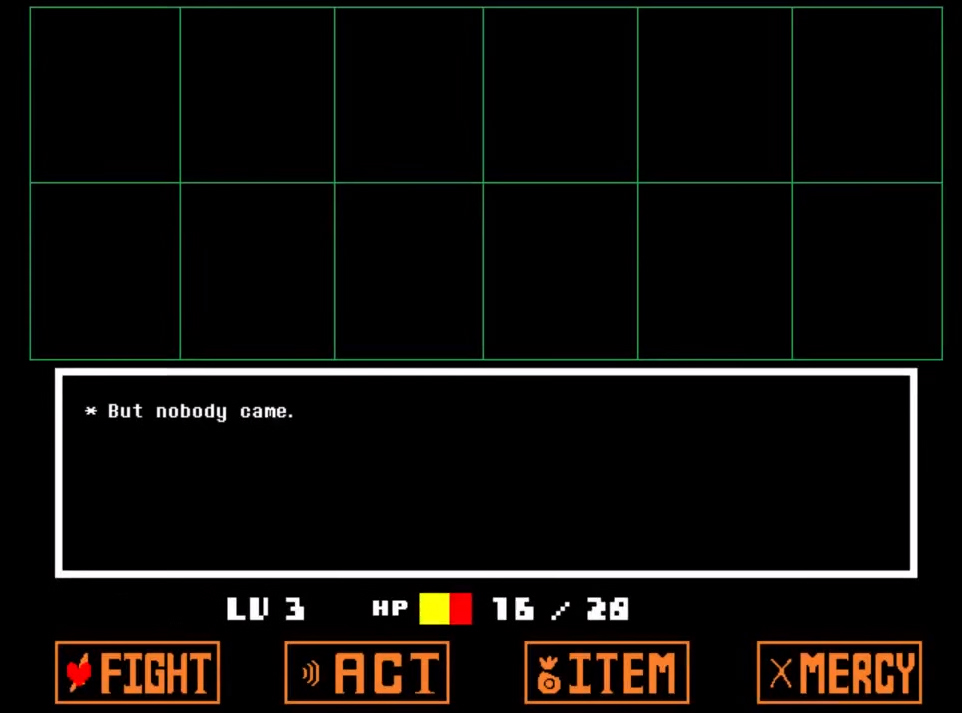
In the Genocide route, Frisk becomes more hard-hearted and cruel than they could ever be in the Pacifist route. They may still want to escape the Underground, but certain player choices indicate that Frisk may no longer care about this goal. Frisk can end up desiring nothing more than to bring pain and death to those around them.
The Genocide route ends with the destruction of reality itself. Chara, a truly malevolent character whose soul is attracted to Frisk’s after seeing Frisk’s murderous rampage, possesses Frisk and uses them to destroy the world. In some cases, Frisk works with Chara to accomplish this. In others, they do not. It depends on what the player chooses, but Chara destroys reality, whether Frisk agrees to cooperate with Chara or not. After that, the game immediately shuts itself down, and if the game is rebooted after this, the player is met with only a black screen and the sound of howling wind.
To Choose Your Fate
In stark contrast with the Genocide Route, the Pacifist route ends with Frisk saving every person — every friend they met along their journey — from death, and managing to rescue and redeem the person trying to kill those friends. Frisk succeeds in their quest to escape from the Underground, and in the process, they manage to free the monsters from the Underground as well, without anyone else having to die to open the Barrier.
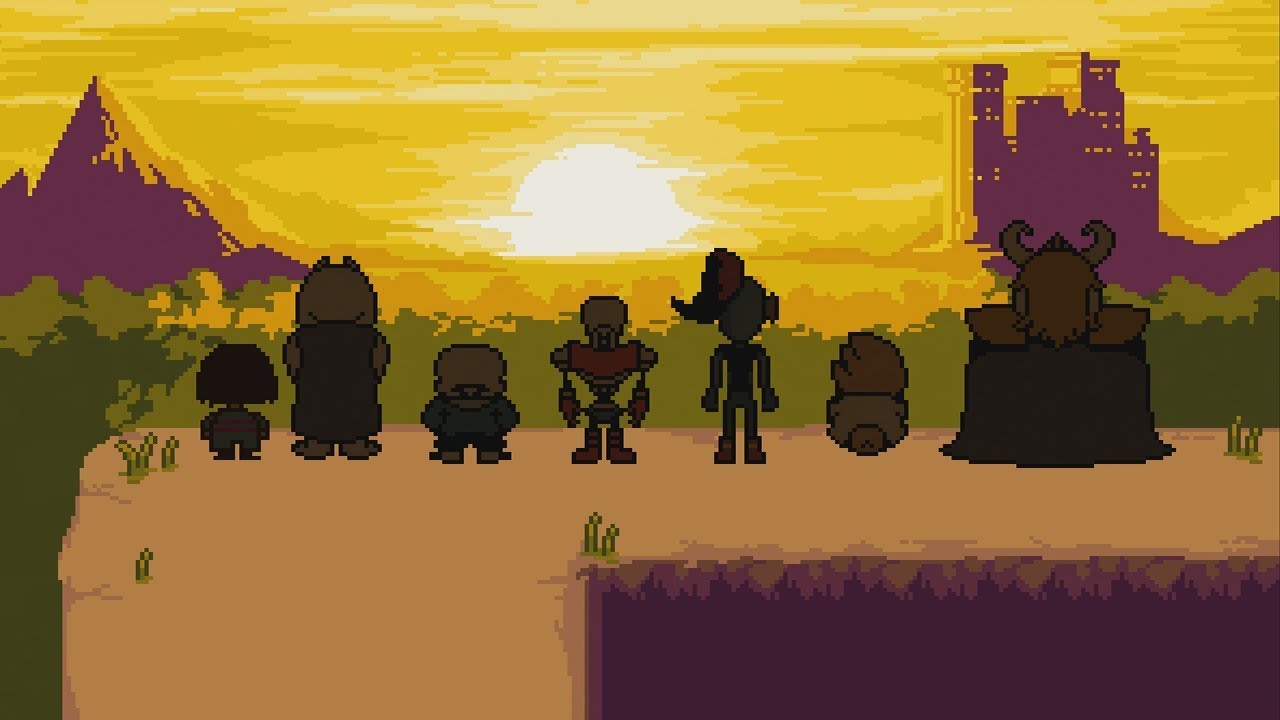
After that, the player is given one last chance to walk Frisk through the Underground before a final scene plays and credits roll. Throughout the credits, pictures are shown of Frisk and their friends spending time and being happy together. The game makes these differences between the Genocide and Pacifist routes apparent to players, so they understand that it is Frisk (and, in turn, the player themself) making the choices that cause those consequences. It is Frisk who chooses to befriend or kill. Frisk can choose the Pacifist route and choose to put in the effort to be thoughtful, friendly, and kind. Their choices can lead them to friendship, happiness, and fulfillment. In turn, though, their choices can also lead to despair. Frisk can destroy everything and end up empty and alone.
Between Convictions
Until now, we have neglected to discuss a route: the Neutral route. The Neutral route provides a unique comparison to both the Pacifist and Genocide routes, as it shows the consequences of indifference. Interestingly, because the player must go so far out of their way to achieve a Pacifist or Genocide ending, the Neutral ending is actually the easiest to get. Unfortunately, though fittingly, it is an ending as hollow and lonely as Genocides.
The end of the Neutral route happens after Frisk’s final fight with Asgore, the king of monsters, and Flowey, the game’s actual main antagonist. A string of credits quickly roll by, and then the player hears a phone call made to Frisk, though it appears not to reach them. This may be due in part to how the Neutral route ends; Flowey appears at the end of Asgore’s boss fight, destroys Asgore’s soul, and uses the other six human souls’ power Asgore collected to bend reality to his will. He removes Frisk from the timeline of the game and tries to kill them. Since the phone call doesn’t seem to reach Frisk, many theorize that he succeeds.
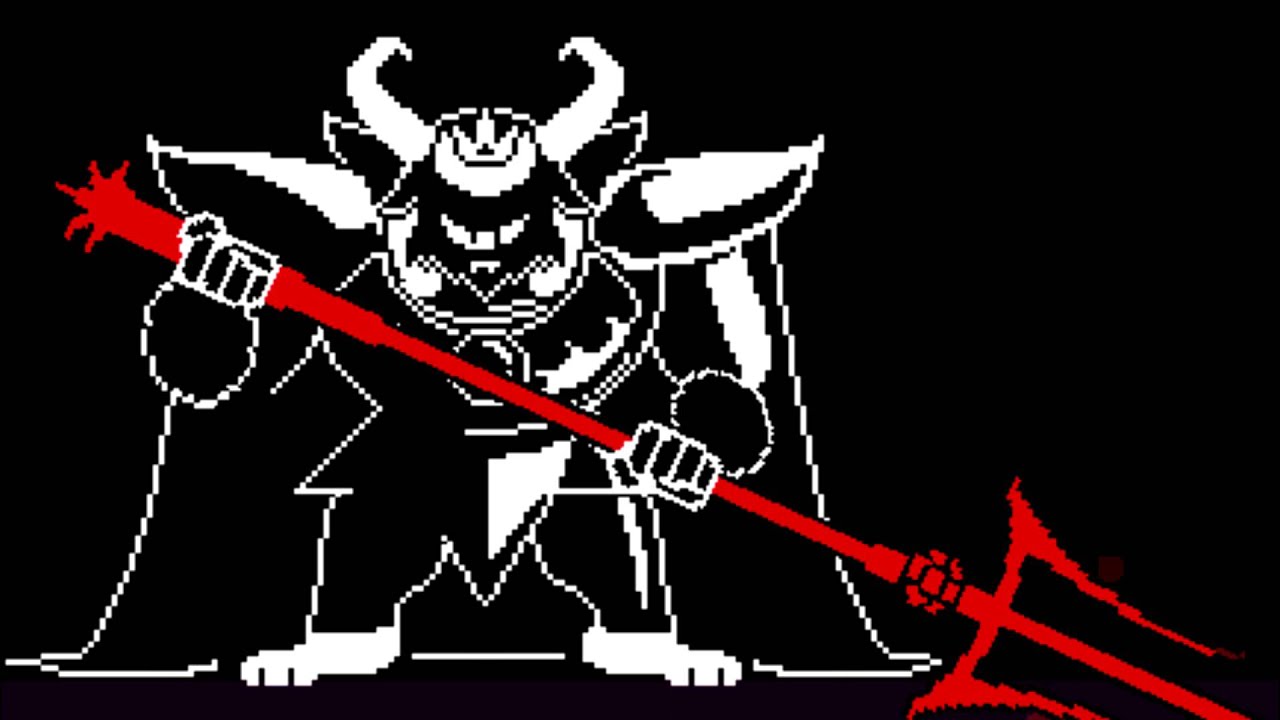
The phone call is from some of the characters Frisk met along their journey, telling them what has happened after they disappeared. The content of the call can differ depending on exactly what Frisk did during their run, but the overall effect is the same. It is a rushed summary of what happens after Frisk disappears, and though it does often contains a few hints as to how Frisk might do better next time, it is an overall very unsatisfying end to the game.
No loose ends are tied up, and often, more are created in the call. A sense of malaise and failure permeates the entire conversation, and characters may even verbally attack Frisk for the damage they had done. There are not even any pictures or animations, just the text in the character’s dialogue boxes as they relay information. This ending is abrupt and lackluster. This is intentional, and it serves a few purposes. One is that it motivates players to try again and to seek out the Pacifist route. Another is that it shows the consequences for expressing not just hatred, but indifference towards the world at large.
The Sin Of Indifference
At the end of a Neutral route, everyone moves on without Frisk. Some may hate them or miss them, but the extent of their attempts to reach Frisk seems to end with a phone call. In many cases, the Underground continues to exist in a rather dismal state that, depending on how many people Frisk killed in their run, ranges from slightly melancholy to downright horrific.
This is important to note in comparison to the Pacifist route. That ending is much more satisfying with its fanciful credits, moving character speeches, and nicely tied up plot. More importantly, it is far more fulfilling and simply good for the characters in ways that show the player how Frisk’s choices — and thus the player’s choices — to be compassionate and kind were the right ones.
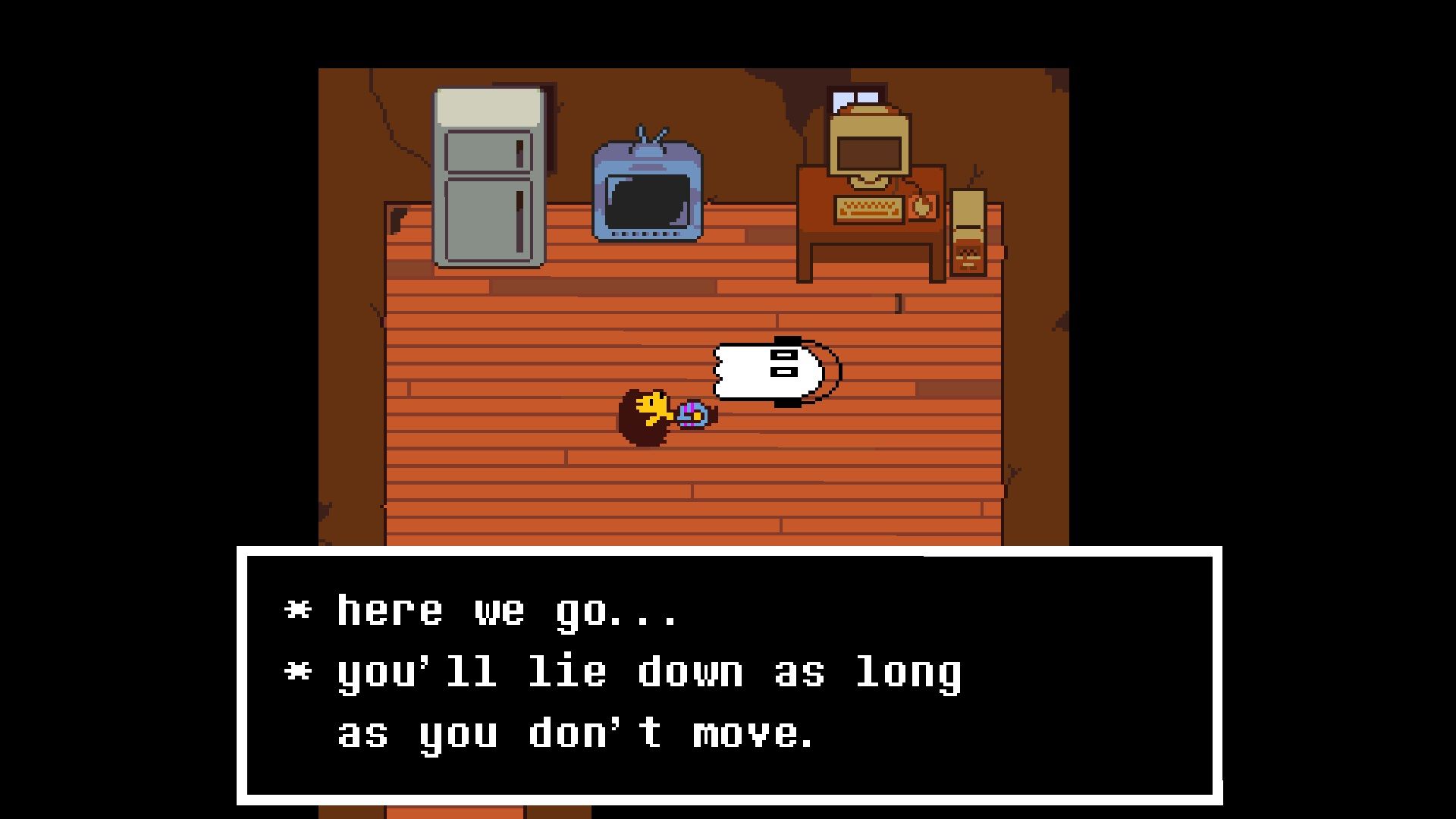
More interestingly, however, is the Neutral ending’s comparison to the Genocide ending. They are surprisingly similar. Both end with the world in dismal states. One is destroyed, and the other is in shambles. Both end on black screens that leave feelings of wrongness and restlessness in the player. Both encourage the player to start over. Indeed, though it takes more coaxing after the end of a Genocide route, “Undertale” does eventually allow the player to try again after the end of both the Genocide and the Neutral routes.
Both eventually result in the player being sent back to the title screen. However, “Undertale” makes it clear this is not a “second chance,” so to speak. “Undertale” puts in the effort to make sure that Frisk and the player know they should feel a sense of failure and possibly even shame. The game does this by making the player feel guilty in a Genocide Route. Characters react to Frisk with varying degrees of horror, pain, and revulsion, but they do so after the game has established a connection to these characters.
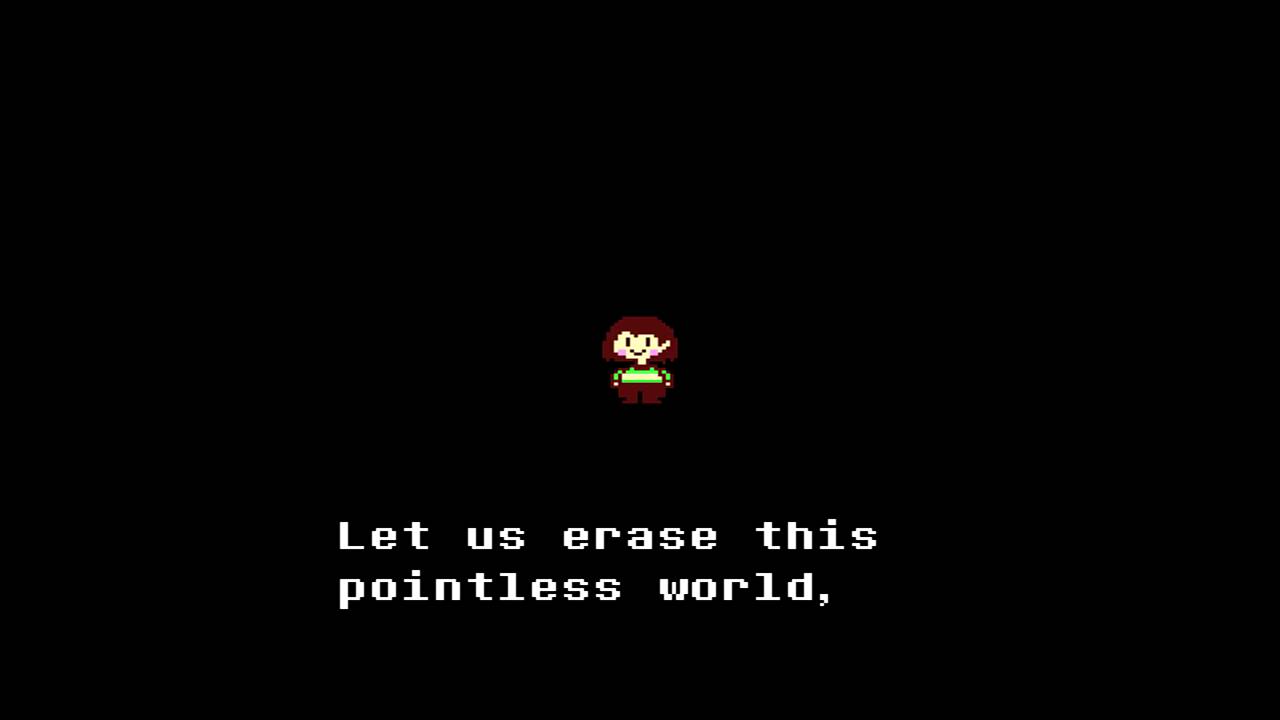
“Undertale” makes sure to establish them as lovable, endearing, well-rounded people before Frisk has the opportunity to strike them down. “Undertale” highlights that Frisk has the chance to do this the right way, but they choose to harm rather than reach out. These feelings of shame and failure make it clear what “Undertale” thinks not just of hatred, but of indifference: it can be almost as selfish and harmful as outright hatred.
Ignoring the world and the people around you in favor of your own goals will, at the very least, leave someone alone and unwanted, and at worst, can cause nearly as much pain and suffering as true malice. This extra step that “Undertale” takes indicates just how much it views kindness as something vital to making not only the world better and healthier but yourself as well. It is not enough to deny cruelty; one must work towards kindness to find fulfillment.
In The Face Of Adversity
We could leave things there. “Undertale” clearly values not just determination, persistence, and dedication, but active, fervent kindness. It values connection and compassion. However, it is important to contextualize that connection and compassion as something harder than it seems. It is easy to be kind when the world around you is kind back. It is easy to make friends when others are warm and welcoming. It is easy to support others when they support you. It is not easy when the world is against you. It is not easy to be kind in the face of cruelty and coldness. It is hard to have compassion in the face of hatred.
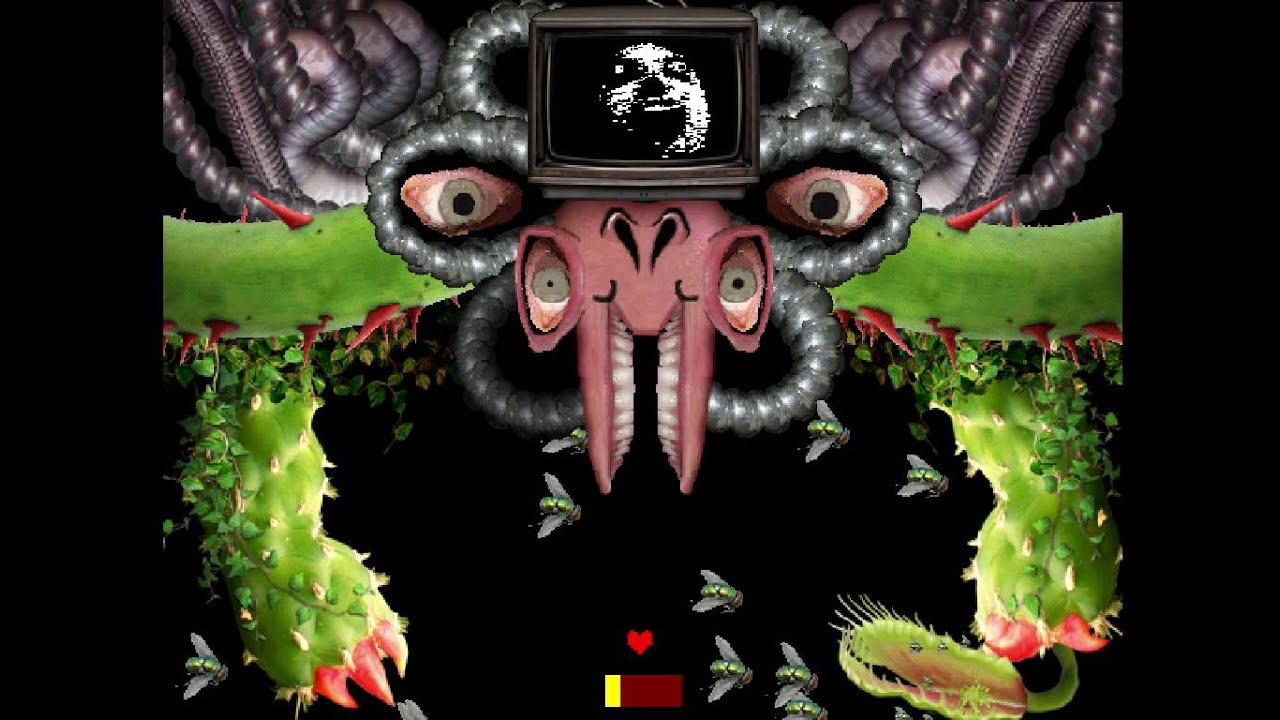
“Undertale” knows this and does not leave the effort behind kindness in the face of adversity unacknowledged. In Frisk’s journey through the Underground, they are faced with a variety of characters. Some welcome Frisk with open arms. Some attack them on sight. To succeed in a Pacifist route, Frisk must not only spare those who are first kind to them. They must also reach out and try to connect with those who are mean, hurtful, and even downright cruel towards Frisk.
Additionally, Frisk is not in a situation where they feel safe and welcome. They are in a place surrounded by people who want them dead. Many of the characters Frisk meets claim that they would gladly kill them to free the monsters from the Underground if they encountered a human.
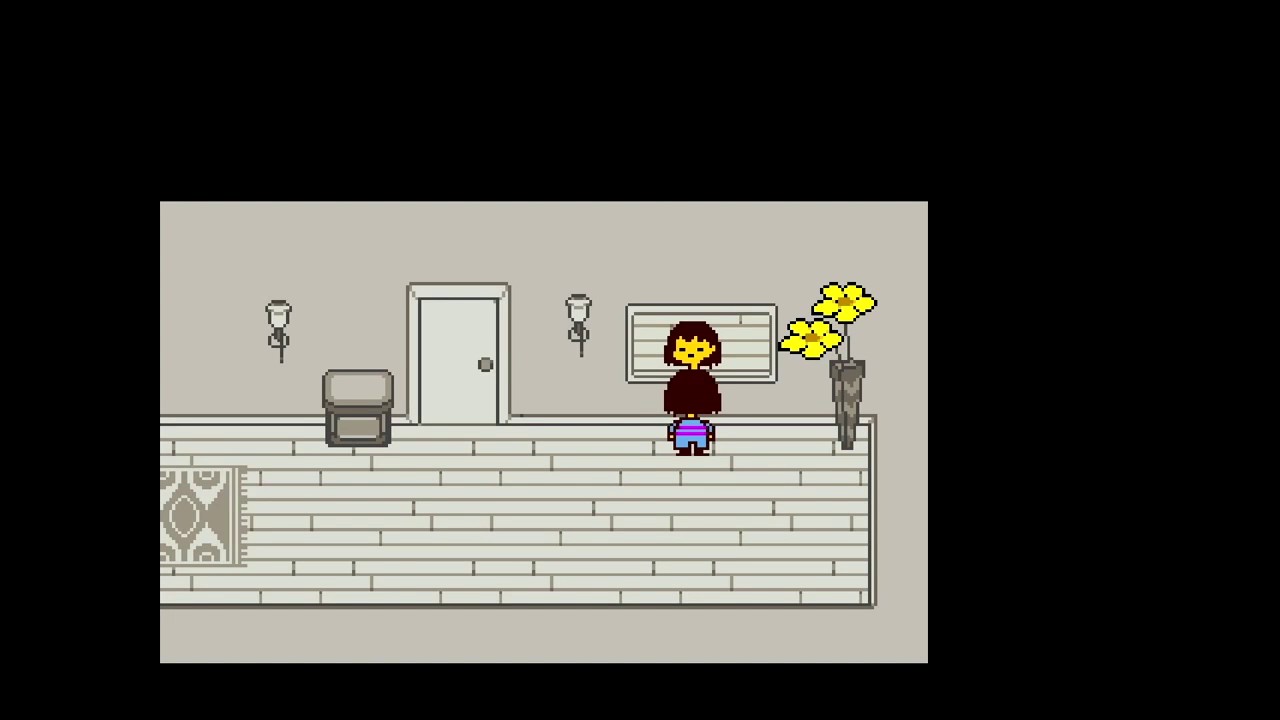
Despite all of this, a Pacifist Frisk still reacts to those around them with kindness. They try their hardest to reach out and be friendly, even when the people and the world around them seem dark. They seem to understand that anger might come from pain, violence might come from desperation, and cruelty might come from fear. There is a quote from a character of “Undertale” that sums up this sentiment well. It goes:
…that doesn’t mean you’re completely innocent or naive. Just that you kept a certain tenderness in your heart. No matter the struggles or hardships you faced… you strived to do the right thing.
Sans, “Undertale,” 2015
Despite Everything, It’s Still You
These days, it can be very, very hard to hold onto your kindness. It can be hard to hold onto any sort of goodness, compassion, or love you may have for the world at large. People are hurting. What good does love do?
It is times like these, though, that message fighting for love and kindness, like the one in “Undertale,” can hopefully be a reminder of how important it is to hold onto the goodness inside yourself. Putting the best of yourself out into the world can bring the best back to you. It will be hard, and it might hurt, but it will be worth it, because, despite it all, it will still be you. You will be good, you will be kind, and you will have done what was right. It will still be you.
